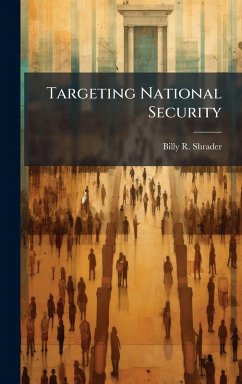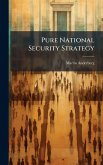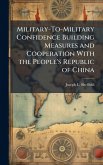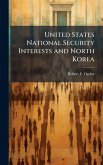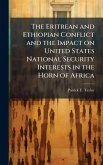Many theories have arisen to describe how best to use the military as a coercive tool. This thesis develops another of these coercive theories. This is a security-based model that ... describes the actual mechanism behind effective military coercion. This theory--Targeting National Security (TNS)--is based on the nation's need for security and how security erosion can begin a sequence of events that leads to coercion. To develop this theory, this thesis uses a case study approach involving Japan's surrender in W.W. II, the Rolling Thunder and Linebacker air campaigns in the Vietnam War, and Operation El Dorado Canyon, the 1986 US airstrike on Libya. This work has been selected by scholars as being culturally important, and is part of the knowledge base of civilization as we know it. This work was reproduced from the original artifact, and remains as true to the original work as possible. Therefore, you will see the original copyright references, library stamps (as most of these works have been housed in our most important libraries around the world), and other notations in the work. This work is in the public domain in the United States of America, and possibly other nations. Within the United States, you may freely copy and distribute this work, as no entity (individual or corporate) has a copyright on the body of the work. As a reproduction of a historical artifact, this work may contain missing or blurred pages, poor pictures, errant marks, etc. Scholars believe, and we concur, that this work is important enough to be preserved, reproduced, and made generally available to the public. We appreciate your support of the preservation process, and thank you for being an important part of keeping this knowledge alive and relevant.
Bitte wählen Sie Ihr Anliegen aus.
Rechnungen
Retourenschein anfordern
Bestellstatus
Storno

